What's New
Displaying results 1591 - 1600 of 4924
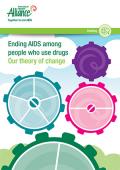
Resource | Publications,
The document sets out the changes we want to achieve for people who use drugs, the responses we will make to achieve these changes, the desired outcomes, and the preconditions that need to be in place for the changes to occur.
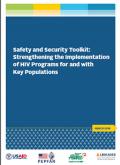
Resource | Tools,
This toolkit was developed to help program implementers, particularly community-based organizations (CBOs) and others working in direct service delivery, to more effectively address safety and security challenges within their implementation of HIV programs for and with key populations. It is designed for use in hostile environments; for example, where members of key populations are criminalized and face elevated levels of stigma, discrimination, and violence.
The toolkit has three section: first is a review of safety and security challenges and their impact on HIV programming, and promising practices and recommendations to address these challenges. Secondly, three practical checklists help programme implementers systematically identify strengths and weaknesses in their efforts to protect organisations, individuals, and implementation sites. Last is an annotated bibliography of safety and security resources.
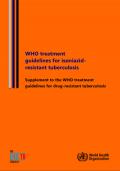
Resource | Guidelines,
The emergence of drug-resistant TB is a major global health concern, which threatens the ambitious goals and progress set under the End TB Strategy. Isoniazid-resistant TB, which is present in 8% of TB cases worldwide, reduces treatment success in patients treated with the standard 6-month first-line regimen.
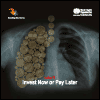
Resource | Publications,
Tuberculosis (TB) in now the leading infectious killer in the world, having surpassed HIV, and is among the top 10 causes of death worldwide. In 2016, 1.7 million people worldwide died of TB, including 400 000 TB deaths among people living with HIV. The Sustainable Development Goals call for action to end the TB epidemic as a public health threat by 2030, but the pace of progress currently is too slow to achieve this milestone.
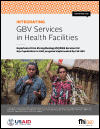
Resource | Publications,
This document includes information on the relationship between GBV and HIV, the rationale behind GBV screening, the steps taken to integrate GBV programming across the Program in general and into HIV clinical services, lessons learned and recommendations, as well as resources and references for integration. Separate annexes contain additional materials and tools created by the Program. The diagram below summarizes the Program’s activities related to GBV.
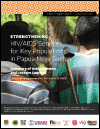
Resource | Publications,
The Strengthening HIV/AIDS Services for Key Populations in Papua New Guinea project generated an end of project series in three parts. The summary document presents results, success stories, recommendations and lessons learned. The second document shows the relationship between gender-based violence and HIV in the country and looks at the benefits of integrating clinical services. The third document is a set of annexes to the step-by-step process of integrating gender-based violence services with HIV services.
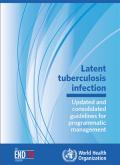
Resource | Guidelines,
These new guidelines supersede previous WHO policy documents on the management of Latent TB Infection (LTBI) in people living with HIV, household contacts of people with active TB, other groups at risk of developing TB, and for LTBI testing. The consolidated guidelines are expected to provide the basis and rationale for the development of national guidelines for LTBI management, adapted to the national and local epidemiology of TB, the availability of resources, the health infrastructure and other national and local determinants.

Resource | Presentations,
New data confirm that the practice of child marriage has continued to decline around the world, with accelerated progress in the last 10 years. Progress is insufficient to meet the ambitious target of elimination, as set forth in the SDGs.
The global number of child brides is now estimated at 650 million. The number of girls married in childhood each year, according to the latest prevalence and population figures is estimated at 12 million.
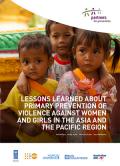
Resource | Publications,
This regional lessons-learned report provides insight into what is involved in undertaking primary prevention of VAWG and what both drives its success and hinders its progress. These lessons aim to inform organizations and agencies involved in, or that plan to become involved in, primary prevention programming, to assist in their planning and budgeting and for donors to gain insight into the costs and complexities of primary prevention work.

Resource | Publications,
"Turning Promises into Action: Gender Equality in the 2030 Agenda for Sustainable Development", UN Women's new flagship report, provides a comprehensive and authoritative assessment of progress, gaps and challenges in the implementation of the Sustainable Development Goals (SDGs) from a gender perspective. The report monitors global and regional trends in achieving the SDGs for women and girls based on available data, and provides practical guidance for the implementation of gender-responsive policies and accountability processes.





